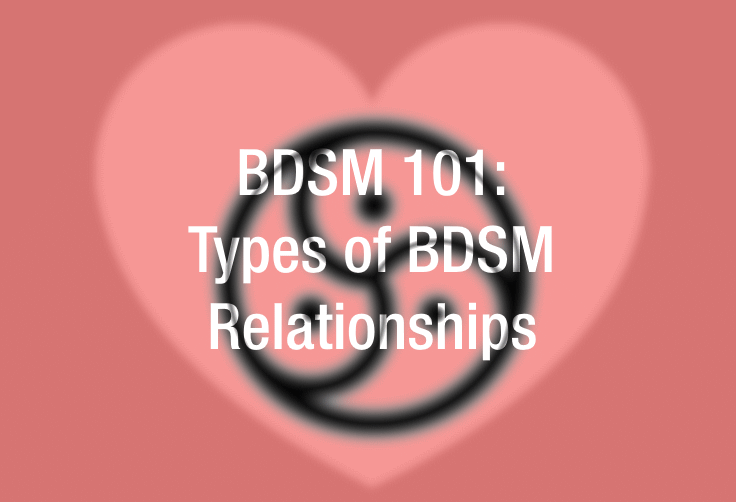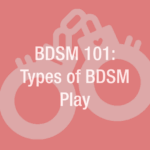1. Dominant/submissive (D/s)
A power exchange relationship where one partner (the Dominant) takes on a guiding or controlling role, while the other (the submissive) willingly yields control. This can be limited to certain scenes or extend into everyday life.
- D/s can be casual, romantic, sexual, or non-sexual.
- Levels of intensity vary—from light roleplay to full-time dynamics.
2. Master/slave (M/s)
A more structured form of D/s where the Master (or Mistress/Owner) has total authority over the slave, who consents to give up control on a deeper level.
- Often includes rules, rituals, protocols, and possibly contracts.
- M/s relationships are usually long-term and lifestyle-based.
- High emphasis on trust and negotiated consent.
3. Owner/pet
A relationship where one partner (the Owner) treats the other (the pet) like an animal—such as a kitten, puppy, pony, or other creature.
- May include training, collars, behavioral rules, and roleplay.
- Often playful, affectionate, or ritualistic in nature.
4. Switch-based dynamics
In these relationships, both partners take turns playing Dominant and submissive roles. They are known as Switches.
- Roles may alternate by scene, mood, or negotiated timeframe.
- Flexibility is key—communication ensures balance and clarity.
5. TPE (Total Power Exchange)
A form of relationship where one partner consensually gives full authority over most or all aspects of their life to the other.
- Can resemble M/s but with more encompassing control.
- TPE is intense and always founded on consent and negotiation.
6. Play Partner(s)
This refers to someone with whom you engage in BDSM scenes or activities, without a romantic or lifestyle relationship.
- May be casual or ongoing.
- Great for those exploring new kinks or who aren’t seeking a 24/7 dynamic.
7. Scene-based or Casual Dynamics
Involves short-term or occasional BDSM play, often during events or scenes, with no commitment beyond negotiated activity.
- Can include D/s dynamics for the length of a scene only.
- Safe words, consent, and aftercare are still vital.



